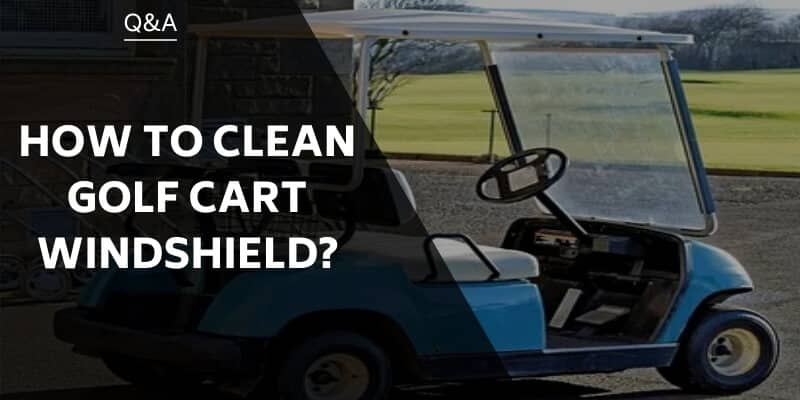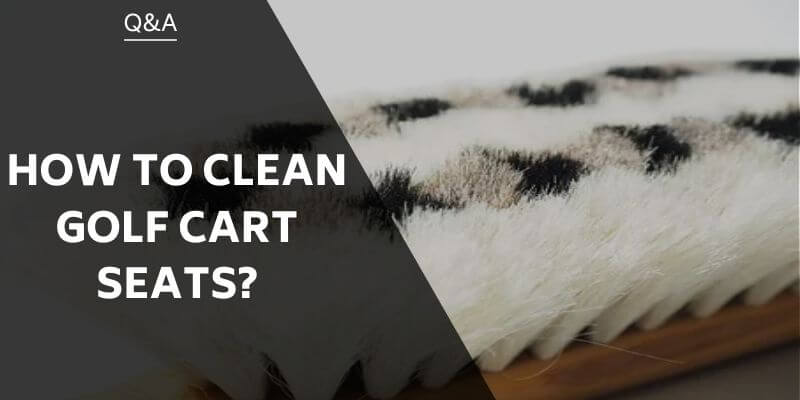The types of golf clubs include drivers, woods, hybrids, irons, wedges, and putters. For beginners, it is worth knowing their pros and cons, too.
It can be confusing to remember all of the golf club names initially. There is quite a bit to remember about each type of club, but we have compiled a comprehensive guide for you all here.
Each section will go through the basics of each golf club, the names of golf clubs with pictures, and their uses – hopefully, it will be educational for you. I know when I was building my first set of golf clubs I studied all the types and asked friends. In this guide, I’ll share what I’ve learned in my years of playing. Plus I took photos of all my clubs.
Woods
Driver
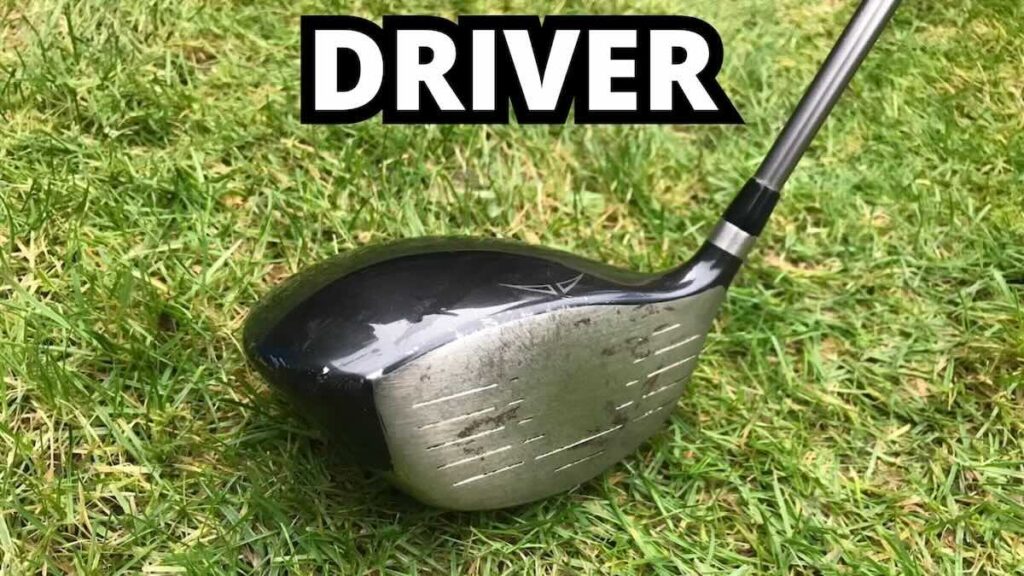
The driver, a favorite of many golfers, including myself, stands out as the longest club in the bag. It’s primarily used on par 5s and par 4s, and sometimes on par 3s for golfers with slower swing speeds who need extra distance.
The ideal use for a driver is off the tee box, where the ball is typically teed up at least an inch off the ground. This positioning aligns with the driver’s sweet spot, which is elevated from the ground, enabling a medium to high trajectory shot that rolls out effectively.
However, drivers may not be the best choice off the tee in scenarios with narrow fairways or nearby hazards due to their long-range. On average, a high handicap golfer can expect a driving distance of around 200 yards, which is a common distance for women golfers as well.
Average Driver Distance for Beginners
- Men: 200 yards
- Women: 150 yards
Throughout the post, I’ll share the average golf club distances for each club, which I found in this full post. And check out the best options for drivers in this full post.
Fairway Woods
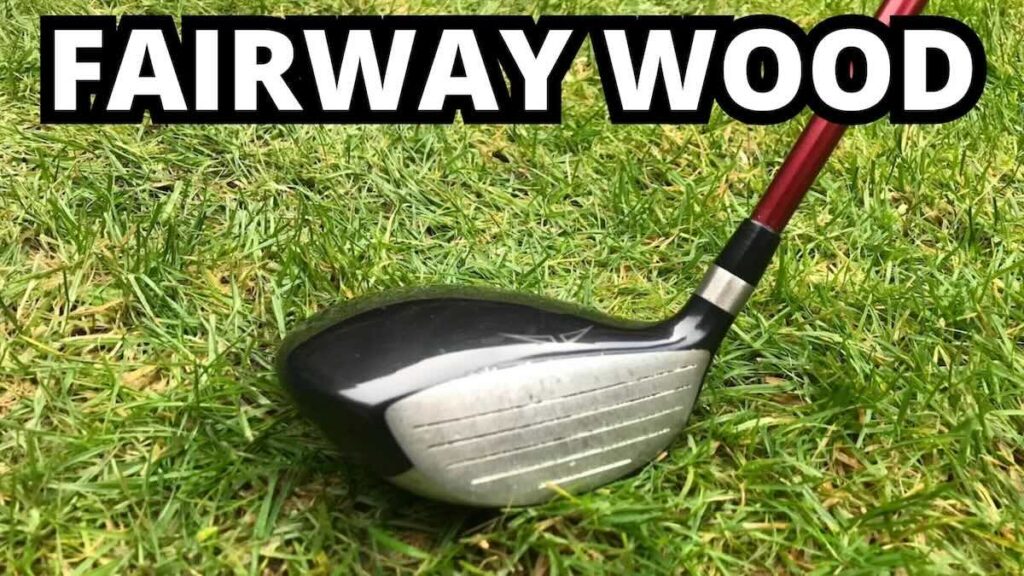
Fairway woods range from a 1-wood to a 7-wood, but most golfers use a 3-wood and 5-wood.
Woods are used for three main reasons.
- They are great off the tee if a golfer struggles to keep their driver straight.
- They hit the ball a bit shorter than a driver, so there are situations for it.
- They can be used in the fairway if you are a long way out.
Despite being challenging to master compared to short irons, successfully hitting a shot with wood can be particularly rewarding due to less margin for error.
The main drawback of woods is the difficulty in executing flush shots from rough or complex lies. On average, a typical male golfer can hit a 3-wood around 210 yards, while a female golfer might achieve about 180 yards with the same club.
Average 3-Wood Distance for Beginners:
- Men: 180 yards
- Women: 140 yards
Want to know all the names for golf clubs? Read the full post.
Hybrids
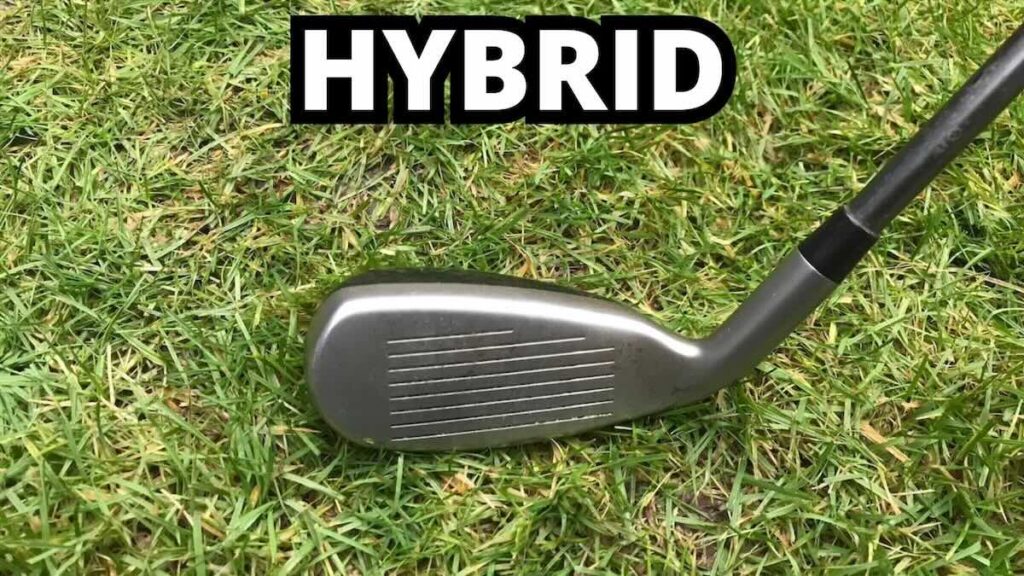
A hybrid is a mix between a wood and a long iron. The point is to be more forgiving and able to use in rougher lies compared to woods. They have also become popular recently.
Hybrid clubs usually come in a 3, 4, or a 5-hybrid. Hybrids are versatile and can be used out of a fairway bunker, rough, and a fairway. Hybrids are great to take off the tee if there is a long par 3 or tight tee shot.
Beginner golfers would probably benefit greatly from a 4-hybrid compared to a 4-iron in most cases. The forgiveness is more noticeable because a hybrid has a much better design to get through the grass and make contact.
Average 4-Hybrid Distance for Beginners:
- Men: 150 yards
- Women: 90 yards
Further reading – The Best Hybrid Golf Clubs
Irons
Long Irons
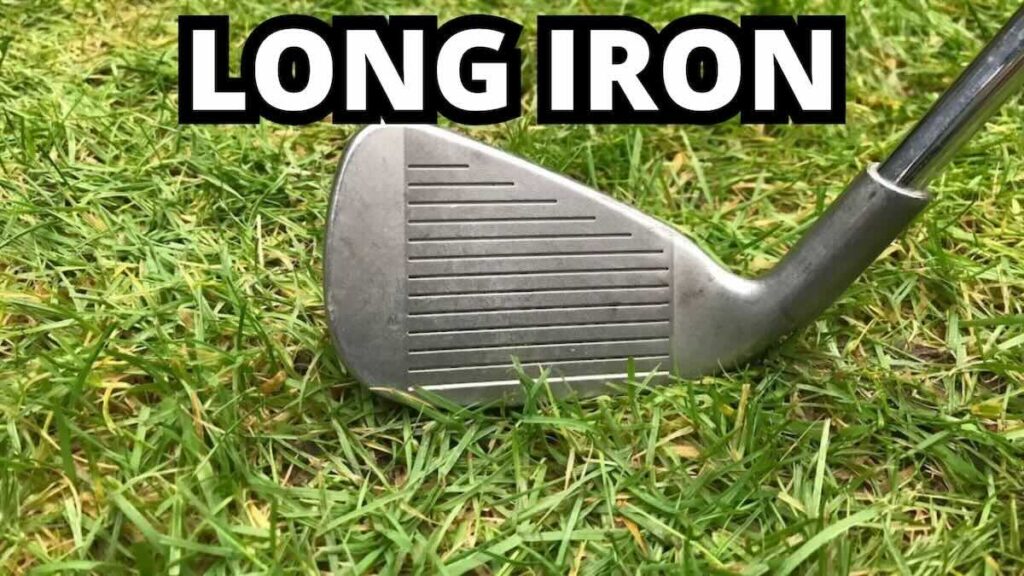
Long irons are considered any iron between 1-iron and 4-iron. Something important I got mixed up about when I started was the distance each iron goes. The smaller the number, the less loft, so it goes farther. For example, 2-irons and a 3-iron should go much further than a 7-iron!
Long irons are generally the hardest for beginner golfers to play with because the lack of loft leaves little room for error. A major trend in golf in recent times is to ditch long irons and go for hybrids because they are more versatile.
Average 4-Iron Distance for Beginners:
- Men: 140 yards
- Women: 80 yards
Further reading – The Best Game Improvement Irons On The Market
Mid Irons
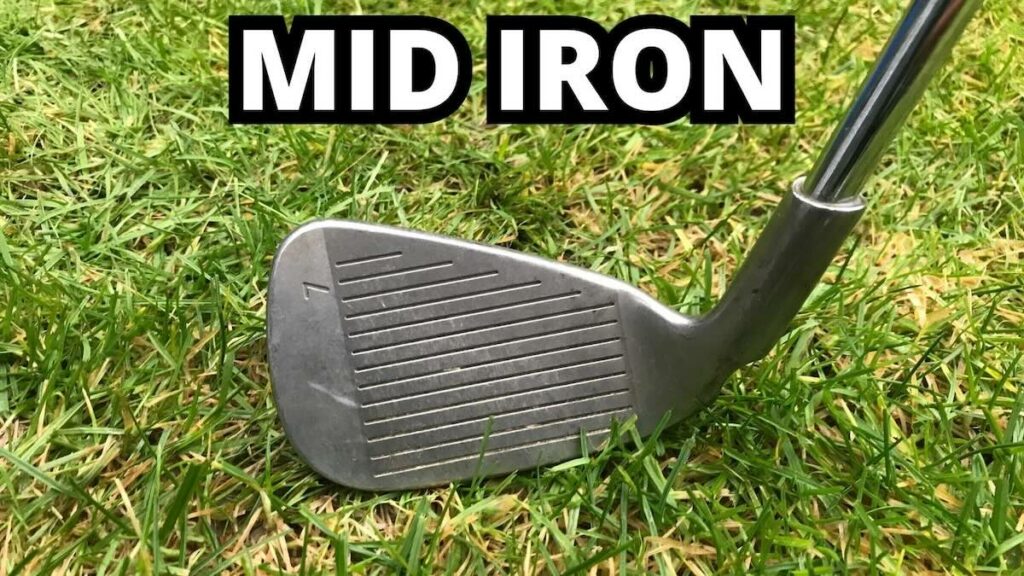
The next category of irons is a 5-iron to a 7-iron. Mid-irons are common clubs that golfers use on par 3s and approach shots with 160 yards. That number can fluctuate greatly depending on how much power a golfer has.
Average 7-Iron Distance for Beginners:
- Men: 110 yards
- Women: 50 yards
Further reading – The Best Golf Irons For Mid-Handicappers
Short Irons
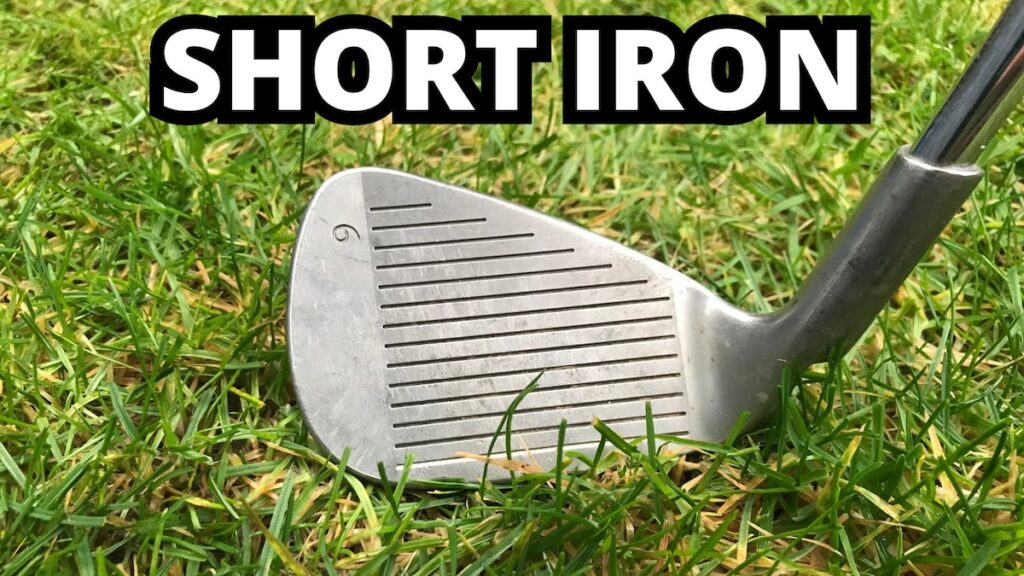
A short iron is either an 8-iron or a 9-iron. Some people consider a 7-iron to be a short iron also, but it is mainly up for debate.
A short iron is a very important club because it is important for approaching shots and hitting the ball close to the pin. On short par 3s, I would recommend using an 8 or 9 iron.
Short irons make the ball fly very high if struck correctly, so the ball does not roll very much.
Average 9-Iron Distance for Beginners:
- Men: 90 yards
- Women: 40 yards
Further reading – The Most Forgiving Irons – Ratings & Reviews
Wedges
Pitching Wedge
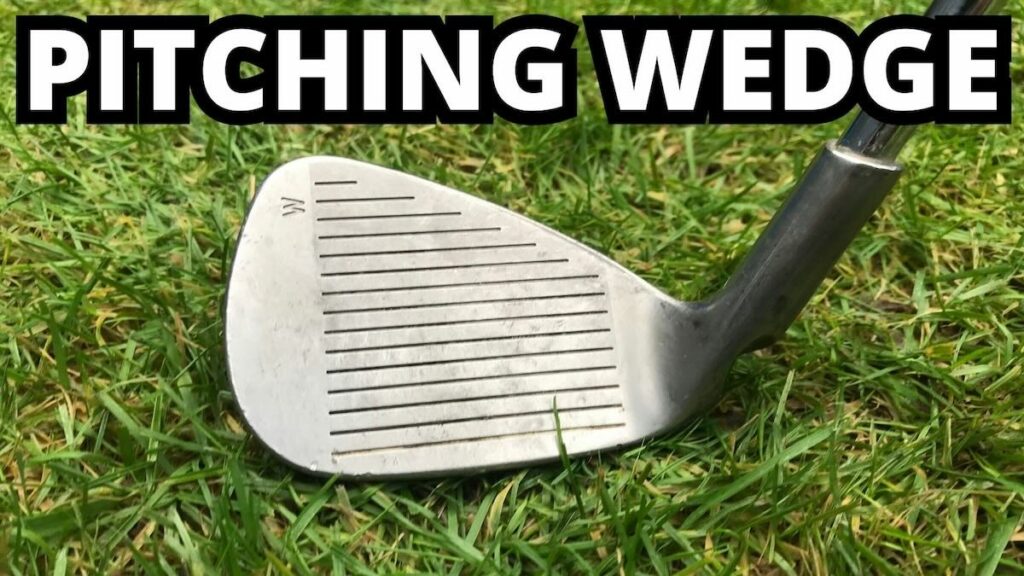
A pitching wedge is a wedge with the lowest loft, meaning that it has the farthest distance.
Normal pitching wedges have a loft angle of 48 degrees, varying from 46-50, with some on the market. The wedge has different usages, such as knock-down shots and chipping around the green – I have found that they are ideal for those kinds of shots.
Average Pitching Wedge Distance for Beginners:
- Men: 80 yards
- Women: 45 yards
Further reading – Lob Wedge vs Sand Wedge – What’s The Difference?
Approach Wedge
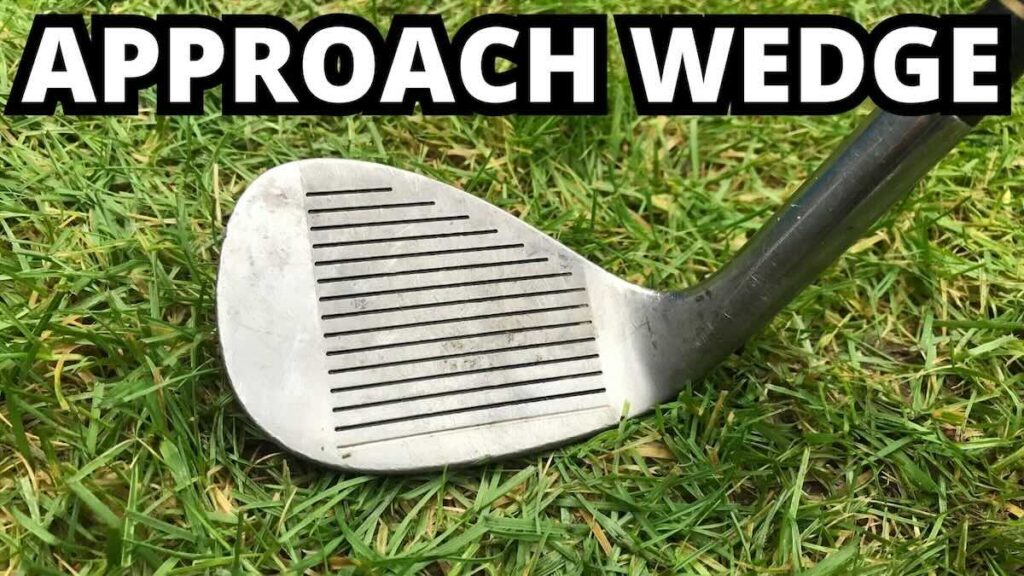
The next wedge on the list is an approach wedge, also called a gap wedge.
The average loft of an approach wedge is 52 degrees, but the loft of an approach wedge can actually range from 50 to 55 degrees.
Approach wedges are a favorite of most golfers to do half-swings and three-fourths of a swing to meet certain yardage.
Average Approach Wedge Distance for Beginners:
- Men: 60 yards
- Women: 40 yards
Further Reading – Gap Wedge vs Approach Wedge – What’s The Difference?
Sand Wedge
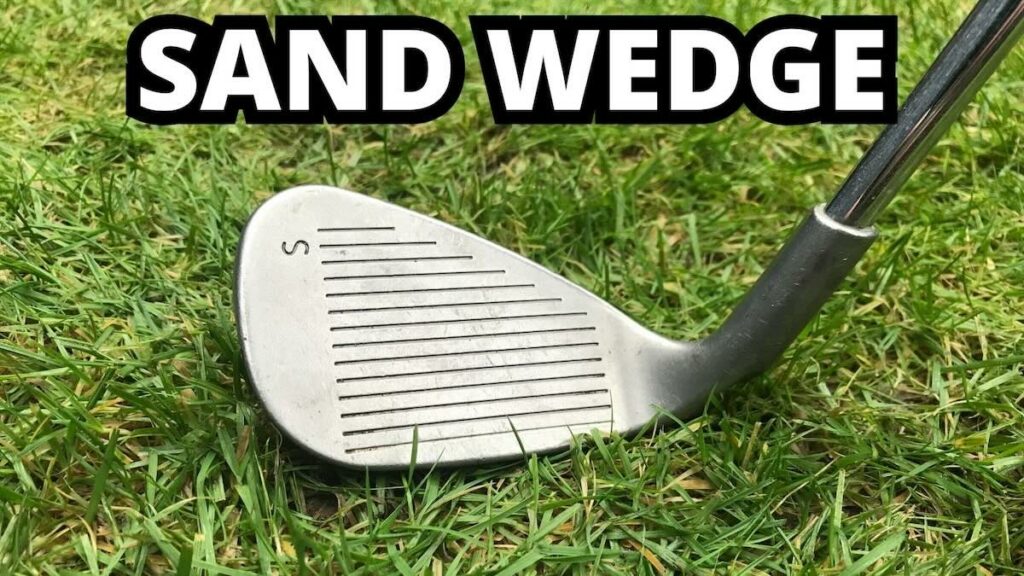
The sand wedge is a wedge that has a loft of 56 degrees in most cases, but the range of sand wedge lofts can be 55-57 in some cases.
Sand wedges are used in many situations, such as chipping around the green, flop shots, and shots out of a greenside bunker. It is one of my favorite clubs because it has helped me escape some sticky situations!
The clubhead shape of many sand wedges on the market makes bunker shots easier.
Average Sand Wedge Distance for Beginners:
- Men: 50 yards
- Women: 30 yards
Further Reading – Do I Need a Sand Wedge? – What Wedges Should You Carry?
Lob Wedge
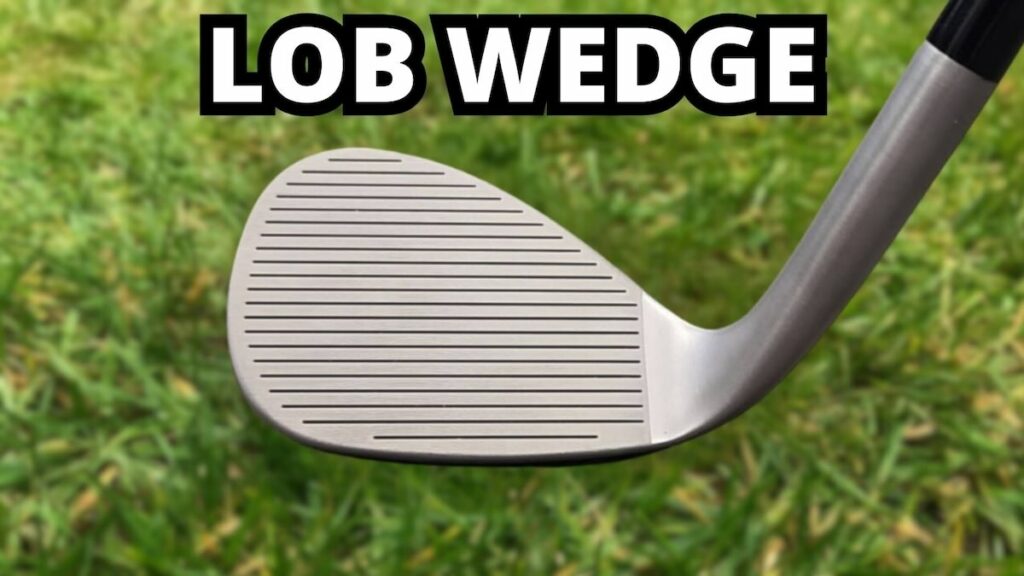
The highest lofted wedges are lob wedges. They are 58 degrees of loft and can sometimes run up to 64 degrees. There are even higher lofted lob wedges that are rare, and they can be 68 degrees of loft!
A lob wedge has so much loft that it can be tough to make good contact unless the lie is perfect. The main use for a lob wedge is a short approach shot that you can’t roll out or a flop shot over an object.
Average Lob Wedge Distance for Beginners:
- Men: 40 yards
- Women: 30 yards
Read more: The Best Golf Wedges
Putter
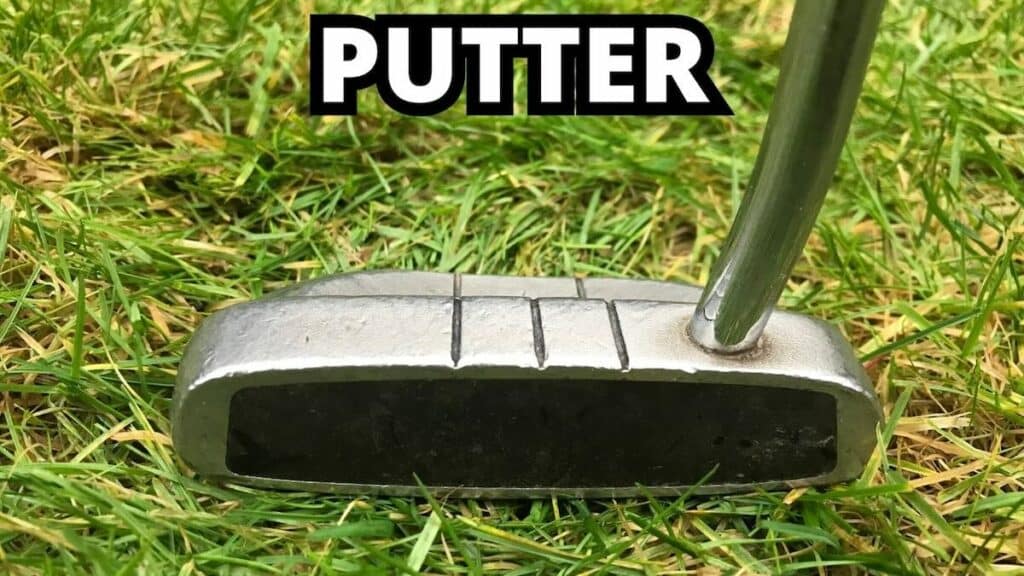
Putters are the heaviest golf club in your golf bag and there are two main types: blade and mallet putters. Blade putters, known for their flat, narrow heads, are classic and provide excellent feedback, ideal for experienced golfers with a consistent stroke. Mallet putters, with their larger heads, offer greater stability and forgiveness, making them a better choice for beginners or those needing extra help with their putting.
An interesting aspect of putters is their customization. Many golfers choose adjustable putters to match their posture and stroke style, especially beneficial for beginners. Putters also come with various face inserts like rubber or plastic, which can influence the feel and ball roll. Soft face inserts, in particular, are forgiving and help control the ball’s speed, aiding new players in developing a reliable putting technique.
Read more: The Best Golf Putters
FAQ
How Many Different Clubs Are There in Golf?
There are 24 different golf clubs however, some of them aren’t used very often. However, here’s the full list:
- Driver
- Fairway Woods: 3-wood, 4-wood, 5-wood, 7-wood, 9-wood
- Hybrids: 2-hybrid, 3-hybrid, 4-hybrid, 5-hybrid, 6-hybrid
- Irons: 2-iron, 3-iron, 4-iron, 5-iron, 6-iron, 7-iron, 8-iron, 9-iron
- Wedges: Pitching Wedge (PW), Gap Wedge (GW), Sand Wedge (SW), Lob Wedge (LW)
- Putter
Each type of club is designed for specific situations on the course, offering a range of distances and shot shapes.
How Many Clubs Are in a Full Set?
A full set of golf clubs typically consists of 14 clubs, which is the maximum number allowed under the rules of golf. This set generally includes:
- One Driver
- Two Fairway Woods (such as a 3-wood and 5-wood)
- One Hybrid
- Seven Irons (ranging from 4-iron to 9-iron, plus a pitching wedge)
- Two additional Wedges (often a sand wedge and a lob wedge)
- One Putter
Golfers can mix and match these clubs based on their playing style and the course’s requirements.
Jack was inspired by his Grandad Ron’s golfing and grew up playing this great game. Jack has a handicap index in the 30s and plays with the PING K15 driver and irons. Jack has written more than 40 articles on GolfSpan since 2022. Jack is always looking for ways to find the edge on the course to share with readers and played monthly at High Legh Golf Club near his home in Warrington, Cheshire. You can connect with Jack on X and LinkedIn.



